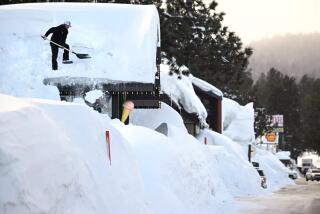A few tips to picture-perfect vacation memories
Travel and photography have gone hand in hand since the days of the first Eastman Kodak folding cameras in the 1890s. Today’s digital revolution has propelled photography, still called the world’s most popular hobby, to even greater levels.
Heading into 2009, we will probably see great price deals on digital cameras after the holiday season. Prices are already lower than last year at this time. For example:
* Good-quality 12- to 14.7-megapixel cameras are available in the $350 to $500 range, for advanced point and shoots. (The more the megapixels, the better and larger the final print can be.)
* Cameras in the 10 or lower megapixel range are dipping below $200.
* SLRs with interchangeable lenses usually run $500 to $2,000 and beyond. Some cameras even do short video clips, and the more expensive ones do high-definition video.
But even the best cameras require good-quality operators. Think of cyclist’s Lance Armstrong’s book title, “It’s Not About the Bike.”
The amount of gear you take depends on your passion for the hobby. As photo editor of The Times Travel section and a veteran photographer myself, I always urge photographers to travel as light as possible.
Belt pouches, fanny packs or photo vests are a good way to carry digital cards, an extra lens, a table-top tripod and a small reflector without always hunching up one shoulder for a bag. And you won’t have to worry about setting a bag down and forgetting it.
If you’re serious about your shots, plan your time so you’re at your highlight spots early or late in the day, when the light is best.
Walking is best for capturing the “feel” of an area. For instance, don’t take a cab to the Eiffel Tower from your hotel. Walk the blocks and you’ll experience the real Paris. You’ll see pictures you wouldn’t have planned for and different views of the tower as you approach.
Shoot long telephoto shots from a distance -- different images, different lenses as you get closer. After arriving, look at subjects from all sides and angles -- high, low, framed through something -- using short and long focal-length lenses.
If you aren’t happy with the pictures you’re getting, stop at a tourist shop or drugstore and study the postcard rack. You’ll get some ideas for good locations, and you can add your own stylistic touches when you shoot.
In composing shots, try placing your object or person of interest in the far third of the frame, or toward one of the corners of your frame. Pictures with the object dead center tend to feel neutral, with no feeling of movement or energy possible.
Quality of light is important, of course, but “the moment” is important too. Waiting for someone to walk into that sliver of light in a scenic view can make all the difference.
richard.derk@latimes.com
More to Read
Sign up for The Wild
We’ll help you find the best places to hike, bike and run, as well as the perfect silent spots for meditation and yoga.
You may occasionally receive promotional content from the Los Angeles Times.





